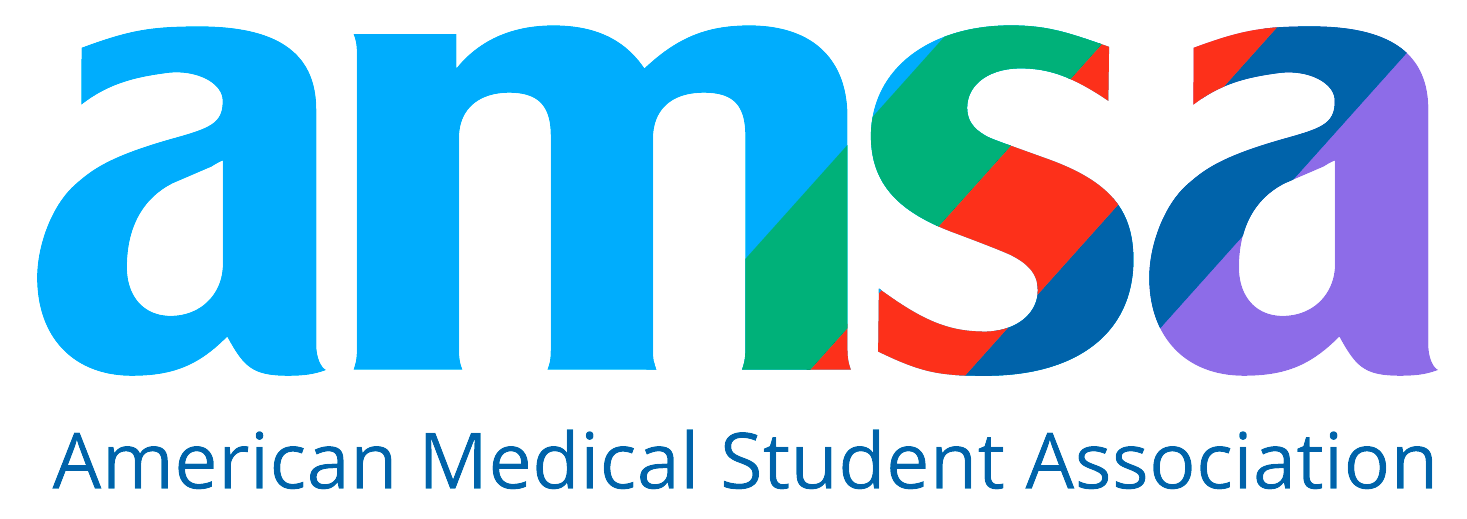Top Medical Schools by Residency Match Rates | MD & DO Insights (2025)
Go-Elective Abroad
Top Medical Schools by Residency Match Rates | MD & DO Insights (2025)
Securing a residency is the ultimate goal for every medical student—it's the bridge between medical school and your career as a practicing physician. Each year, Match Day reveals the outcomes of years of study, clinical rotations, and intensive preparation. Understanding residency match rates—the percentage of medical school graduates who secure a residency—is critical when choosing a medical school.
Let’s dive deeper into residency match rates, explore the factors influencing them, and highlight top-performing schools, including key distinctions between MD and DO pathways.
What Are Residency Match Rates, and Why Do They Matter?
Residency match rates represent the proportion of medical school graduates successfully placed into residency programs through the National Resident Matching Program (NRMP). High match rates generally indicate excellent preparation, supportive clinical training, and robust institutional resources.
While important, match rates shouldn't be your sole criterion. Always consider a school's curriculum, specialties offered, clinical training opportunities, faculty support, and the type of healthcare experience you seek, such as Go Elective’s medical internships and global shadowing programs in Kenya and Tanzania.
MD vs. DO Match Rates: Key Differences Explained
Medical schools in the U.S. award two primary types of degrees: MD (Doctor of Medicine) and DO (Doctor of Osteopathic Medicine). Both pathways lead to licensure as a physician, but there are distinct differences influencing residency match outcomes.
MD Match Rates
MD programs follow a traditional allopathic medical model. Graduates enter the NRMP "Match," a highly competitive, mutual ranking system between applicants and residency programs.
-
Historical Success:
MD graduates historically enjoy higher match rates due to established recognition and longstanding relationships with residency programs.
-
Specialty Options:
MD programs often provide broader access to highly competitive specialties such as dermatology, neurosurgery, and orthopedic surgery.
-
Global Recognition:
MD degrees have international acceptance, facilitating easier matching for global healthcare opportunities.
DO Match Rates
DO programs emphasize holistic care and osteopathic manipulative treatment (OMT). Following the full integration of the single accreditation system in 2020, DO graduates now compete equally alongside MD peers in the NRMP.
-
Increasing Match Success:
Unified accreditation has boosted DO match rates, now closely paralleling MD outcomes.
-
Primary Care Strength:
Many DO graduates successfully match into primary care fields like family medicine, internal medicine, and pediatrics due to program strengths and higher residency availability.
-
Rising Competitive Access:
DO graduates increasingly secure spots in competitive specialties, reflecting improved recognition and program quality.
Top Medical Schools by Residency Match Rates
Leading MD Schools
These prestigious institutions consistently achieve outstanding residency placements:
- Harvard Medical School – Approx. 95% match rate; robust connections to top hospitals.
- Weill Cornell Medical College – Exceptional 99% match rate; strong placement into premier residency programs.
- Yale School of Medicine – Around 94% match within top choices, renowned clinical opportunities.
- Stanford University School of Medicine – Historically near-perfect match rates, reflecting its elite training environment.
- University of Pennsylvania (Perelman) – Approximately 98% match rate; strong academic and research foundations.
Outstanding DO Schools
DO institutions have significantly improved match outcomes. Notable DO schools include:
- University of North Texas Health Science Center COM – 99-100% match rate.
- Campbell University COM – 99.85
- Oklahoma State University COM – 99.78%
- West Virginia School of Osteopathic Medicine – 99.75%
- Kansas City University COM – 99.6%
- Lake Erie College of Osteopathic Medicine – 99.6%
- A.T. Still University SOM-Arizona – 99.5%
- Touro University Nevada COM – 99.5%
- Edward Via COM – 99.38%
- Lincoln Memorial University COM – 94.1
These figures underscore DO schools’ dedication to preparing graduates thoroughly for residency.
Factors Influencing Residency Match Outcomes
Several key factors affect a school's residency match success:
Specialty Choice and Competitiveness
- Highly Competitive Specialties (e.g., dermatology, plastic surgery, orthopedic surgery) typically have fewer available spots, influencing lower overall match rates.
- Less Competitive Specialties (e.g., family medicine, pediatrics, psychiatry) generally have higher residency placement rates due to increased availability.
Institutional Focus and Training Quality
- Schools emphasizing primary care often maintain higher overall match rates.
- Institutions affiliated with specialized hospitals or residency programs significantly enhance their match success within those fields.
Clinical Exposure and Preparedness
-
Schools providing exceptional clinical training and hands-on experiences, such as Go Elective’s healthcare internships and shadowing programs in Kenya and Tanzania, greatly enhance graduates' residency applications.
Specialty Match Rates Overview
Here's a snapshot illustrating specialty competitiveness:
(Full data available from the NRMP Match Data.)
Impact of the Single Accreditation System (Updated)
Since transitioning to a unified accreditation system under ACGME:
- DO students now enjoy greater access to specialty residencies previously dominated by MD applicants.
- Residency programs increasingly appreciate DO graduates’ comprehensive clinical training.
- DO graduates face increased competition but also benefit from standardized residency education, enhancing their professional recognition.
Essential Resources for Residency Match Rates & Medical School Research
- NRMP Residency Data
- AAMC Medical School Admission Requirements (MSAR)
- U.S. News & World Report Medical School Rankings
Final Thoughts: Choosing the Right Medical School
A high residency match rate is desirable—but it’s one factor among many. Prioritize comprehensive preparation, relevant clinical experiences, and alignment with your career aspirations. Go Elective’s internships in Kenya and Tanzania provide invaluable global health experience, significantly enhancing your residency application profile.
Ready to elevate your residency prospects? Explore our medical internships and global healthcare experiences with Go Elective, or contact us for tailored guidance.
Article Details
Categories
Recent Articles , Pre-health, Medical Electives, Med Schools, Residency,
Author: Go-Elective Abroad
Date Published: Sep 7, 2025
Travel with us.
Inquire Today!
Go Elective offers immersive opportunities for medical students, pre-med undergraduates, residents, nursing practitioners, and PAs to gain guided invaluable experience in busy hospitals abroad. Discover the power of study, travel, and impact.






